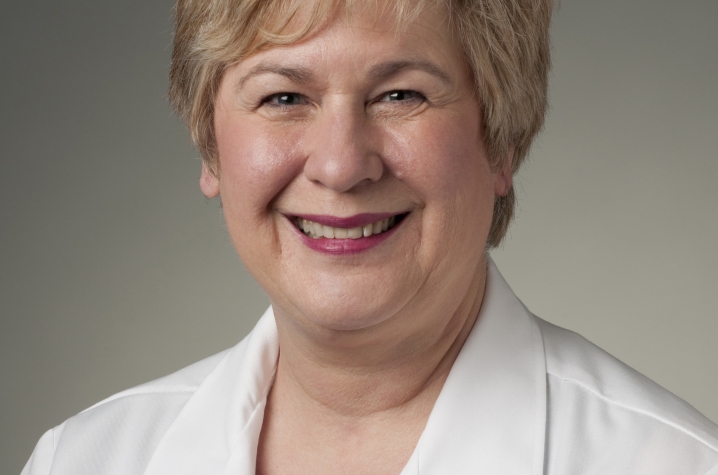Yearly Mammogram Remains Vital Diagnostic Tool

LEXINGTON, Ky. (Oct. 2, 2012) - The following column appeared in the Lexington Herald-Leader on Sunday, Sept. 30.
By Carol Dell
While regular clinical and self-exams can detect new breast lumps in women, mammograms are still the best test for finding breast cancer. Since mammography became widespread in the early 1990s, the U.S. breast cancer death rate, unchanged for 50 years, has dropped more than 30 percent.
When should I receive a mammogram?
The American Cancer Society, American College of Radiology and Society of Breast Imaging recommend all women of average risk, or without a strong family history of breast cancer, should begin screening at age 40 and have yearly mammograms as long as they remain in good health.
Higher-risk women should screen earlier. Women diagnosed with breast or ovarian cancer should screen yearly thereafter regardless of age. Women who carry the breast cancer gene, or with first-degree relatives diagnosed before menopause, should start screening by age 30 or 10 years younger than the affected relative’s age.
Why should I start screening at age 40 versus age 50?
Breast cancer progresses more quickly in premenopausal women (ages 40 to 49) than in post-menopausal women. Forty percent of breast cancer deaths are in this age group.
Should men have mammograms?
Male breast cancer is rare (about 1.08 cases per 100,000 men). There might be a role for screening in the small group of men who carry the breast cancer gene (BRCA2), but clear guidelines have not been established. A diagnostic mammogram should be performed if a man or his physician detects a lump in the breast.
What’s the difference between a screening and a diagnostic mammogram?
Screening mammography should be performed annually on women 40 or older who have no breast cancer symptoms. This procedure does not require a radiologist on site.
A diagnostic mammogram is performed on women who have suspicious symptoms including lumps, pain, discoloration or thickening of the skin, nipple discharge or a suspected abnormality on the screening mammogram. This examination requires direct radiologist supervision. The radiologist will determine appropriate additional views and whether an ultrasound or biopsy are necessary.
What do my screening mammogram results mean?
Your results might be classified as negative, benign (no evidence of cancer) or “needs additional imaging evaluation.” If you need additional <?xml:namespace prefix = owc /> imaging, it means the radiologist has seen a possible abnormality that will require a diagnostic mammogram. Most of these abnormalities will not be cancer.
At a diagnostic mammogram, additional views and a possible breast ultrasound might be performed. You will be told if the abnormality is resolved or benign or if you need a biopsy. Your doctor and radiologist will guide you through the next steps.
Even if your results are negative, don’t stop getting yearly screening mammograms. Yearly mammogram comparison is helpful and might be critical for early diagnosis.
Dr. Carol Dell is a radiologist at the University of Kentucky Comprehensive Breast Care Center.




